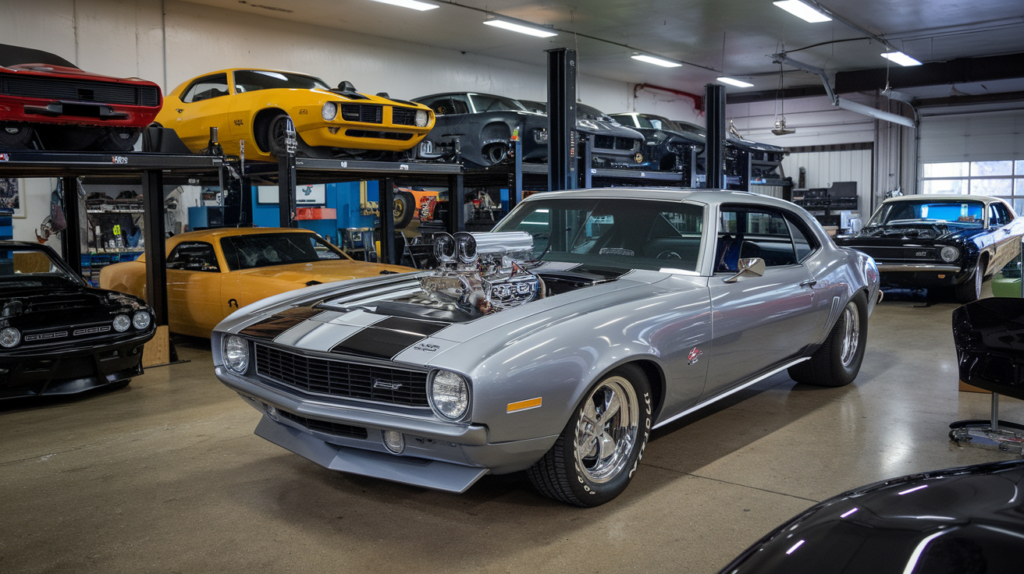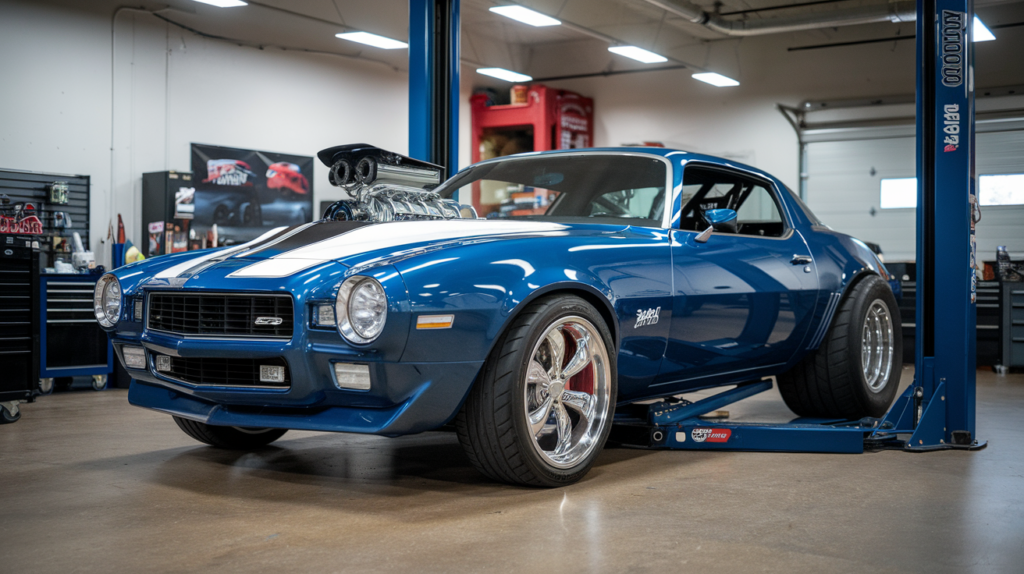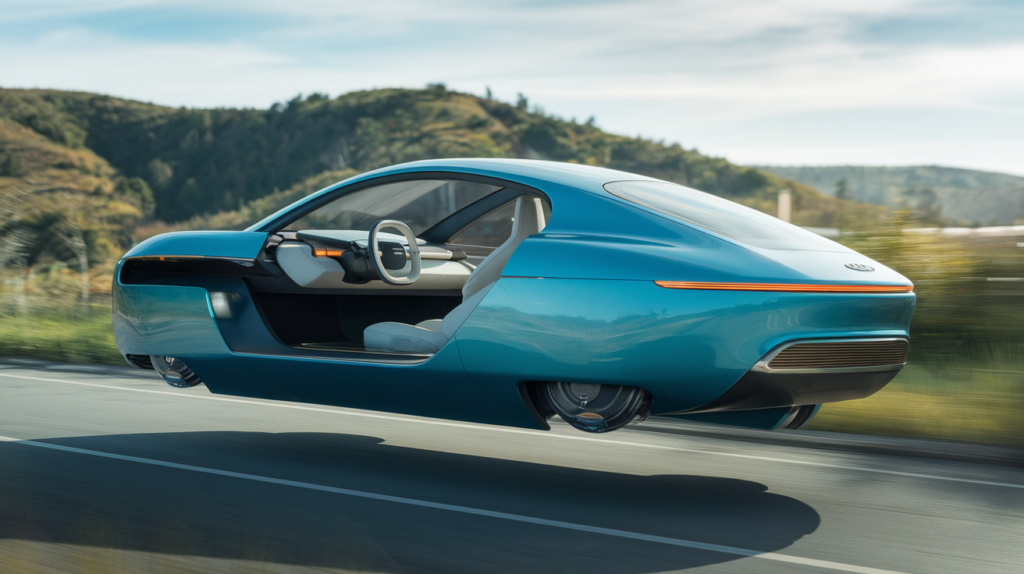Introduction
The 472727 P-51 Mustang is a shining example of American ingenuity in aviation. Among the many fighter planes produced during World War II, the P-51 Mustang was unique in its design and impact. Bearing the tail number 472727, this specific aircraft significantly secured air dominance for the Allies. The Mustang’s speed, range, and firepower cemented its place in military aviation history.
Origins of the P-51 Mustang
The P-51 Mustang was initially designed in response to a British request for a high-performance fighter. North American Aviation produced the plane in 1940, and over time, the P-51 evolved into one of the most versatile and practical fighters in the war. The 472727 P-51 Mustang is a part of this incredible lineage, showcasing advanced design for its time.
Revolutionary Design Elements

The 472727 P-51 Mustang’s design was revolutionary for several reasons. It featured a sleek, aerodynamic frame that allowed for reduced drag and higher speeds. Additionally, its laminar-flow wings were an innovative aspect of the Mustang’s design, helping to make the aircraft faster and more fuel-efficient than its contemporaries.
Powered by the Merlin Engine
A significant upgrade of the Rolls-Royce Merlin engine was installed in the P-51 Mustang, which came with installing 27 P-51 Mustangs to fly at high altitudes with incredible speed and power. The Merlin engine transformed the P-51 from an effective fighter into a truly dominant force, allowing it to take on enemy aircraft and escort bombers deep into enemy territory.
Versatility in Combat
The 472727 P-51 Mustang was a fighter, bomber escort, and ground attack aircraft. Its long range and speed made it perfect for escorting bombers during missions over Europe, protecting them from enemy fighters. It was also equipped with six .50 calibre machine guns, which made it deadly in dogfights and effective in strafing runs against ground targets.
Role in World War II
The P-51 Mustang was crucial in securing victory for the Allied forces during World War II. The 472727 P-51 Mustang was among the aircraft that helped establish air superiority over the skies of Europe. Its ability to escort bombers on long missions without losing effectiveness was one of the significant factors that contributed to the success of the Allied bombing campaigns.
Long-Range Capabilities
One of the 472727 P-51 Mustang’s most remarkable features was its long-range capabilities. The Mustang could travel over 1,000 miles with external fuel tanks, making it one of the few aircraft capable of escorting bombers from Britain to Berlin. This range allowed the Mustang to stay with the bombers for their missions, significantly reducing losses from enemy fighters.
Firepower and Defense
The 472727 P-51 Mustang was equipped with six .50 calibre Browning machine guns, which gave it superior firepower. In addition to engaging enemy aircraft, the Mustang could also carry bombs and rockets, making it effective in ground attack roles. The combination of firepower and versatility made the Mustang a feared adversary in the skies.
Pilot Experience and Handling
Pilots who flew the 472727 P-51 Mustang often spoke highly of its handling and responsiveness. The Mustang was easy to manoeuvre in the air, and its cockpit design gave pilots excellent visibility, which was crucial in combat situations. This made the P-51 a powerful weapon and a joy to fly, and many pilots credited the Mustang with saving their lives.

A Game Changer in Air Combat
The 472727 P-51 Mustang and other Mustangs changed the course of air combat in World War II. Before the Mustang, Allied bombers were vulnerable to German fighters attacking them during long-range missions. The introduction of the P-51 as a bomber escort significantly reduced bomber losses and helped shift the balance of power in the air.
Legacy of the 472727 P-51 Mustang
After International Battle II, the 472727 P-51 Mustang persisted in serving in diverse air forces worldwide. It became an image of Yank Air’s strength and innovation. The Mustang’s legacy extended beyond its military service, becoming a famous aircraft for air races and private collectors.
Post-War Civilian Use
In the years following the war, many P-51 Mustangs, including the 472727 P-51 Mustang, were sold to civilians. These aircraft found new lives in air races and shows, where their speed and agility continued to impress crowds. The Mustang became one of aviation’s most recognisable and beloved aircraft.
Restoration and Preservation
Restoration efforts for aircraft like the 472727 P-51 Mustang have become increasingly popular recently. Many vintage aircraft enthusiasts have restored Mustangs to their former glory, ensuring that future generations can appreciate these remarkable machines. The Mustang’s historical significance and beauty make it a favourite among collectors.
The Mustang in Popular Culture
The 472727 P-51 Mustang has become an enduring symbol in popular culture. It has been featured in numerous movies, documentaries, and books about World War II. The P-51 Mustang is often portrayed as a symbol of American resilience and innovation, solidifying its place in the collective memory of the war.
Flying a P-51 Mustang Today
Today, a few lucky pilots can fly restored P-51 Mustangs, including aircraft like the 472727 P-51 Mustang. These flights provide a rare glimpse into the experience of World War II fighter pilots and allow aviation enthusiasts to experience the Mustang’s power and agility firsthand.

Conclusion
The 472727 P-51 Mustang is not just a piece of military history but a symbol of innovation and excellence in aviation. Its contribution to World War II and its lasting impact on air combat make it one of the most legendary aircraft ever built. From its groundbreaking design to its role in shaping the war’s outcome, the 472727 P-51 Mustang remains an iconic symbol of air superiority.







